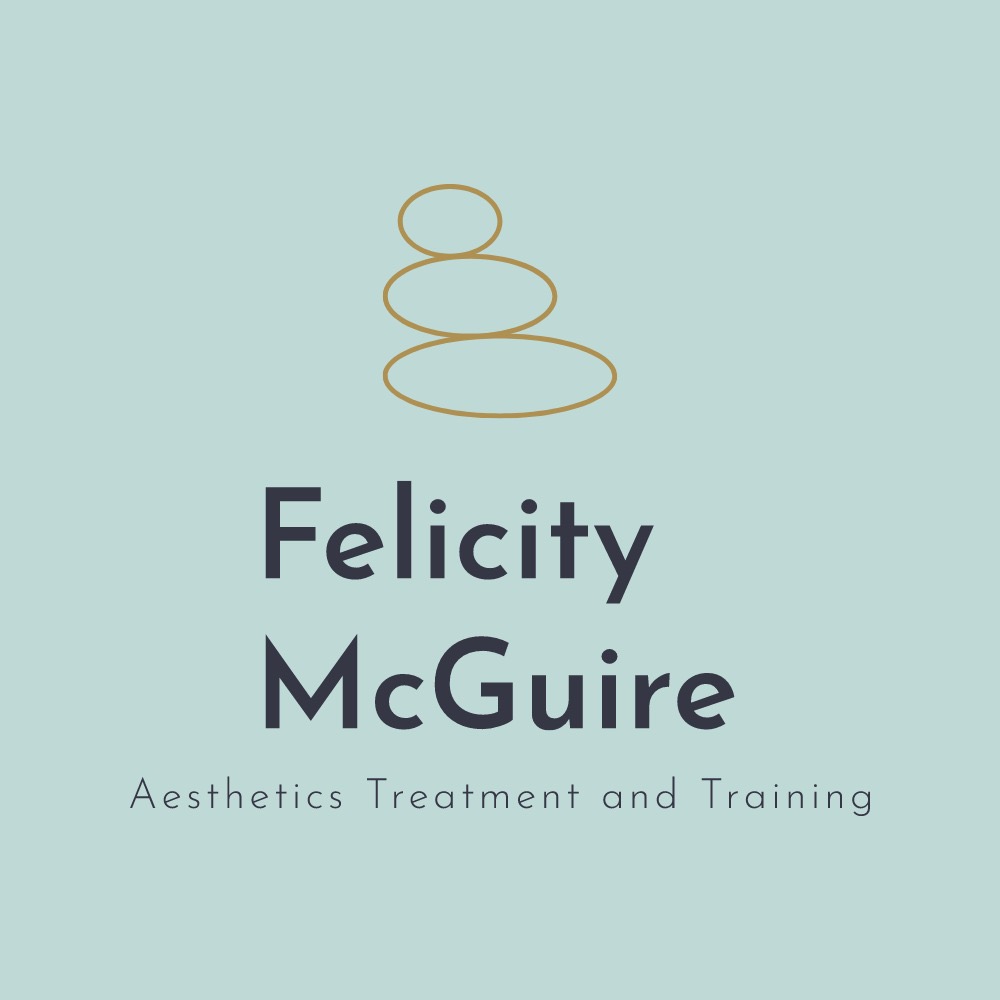Let’s Talk Rosacea: Understanding, Managing and Treating This Common Skin Condition
- Felicity McGuire
- Apr 30
- 3 min read
Updated: Jul 31

If you’ve ever noticed persistent redness, sensitivity, or small bumps across your cheeks, nose, or forehead that just won’t go away—rosacea might be the reason. It’s far more common than you think, and if it affects you, you’re definitely not alone.
Rosacea is a long-term inflammatory skin condition that most often affects the central part of the face. It can start with a simple flush that lingers, gradually developing into visible blood vessels, irritation, and sometimes acne-like bumps. Some people also experience tingling, burning sensations or thickening of the skin, particularly around the nose.
April is Rosacea Awareness Month, and it’s a great opportunity to open the conversation around this often-misunderstood condition. Let’s take a look at what causes rosacea, how it shows up, and most importantly—how we can manage and treat it together.
What causes rosacea?
There’s no single cause of rosacea, but it’s thought to be influenced by both genetics and environmental triggers. It’s most commonly seen in people with fair skin, particularly those who blush easily, and often runs in families.
While stress, alcohol, spicy foods, and sun exposure don’t cause rosacea directly, they are well-known triggers that can cause flare-ups or make symptoms worse. One of the biggest things I see in clinic is the emotional toll these flare-ups can take. You’re not just dealing with skin changes—you’re also managing the impact on your self-confidence, and that’s important to acknowledge. As someone who has rosacea I know these feelings well!
What does rosacea look like?
Rosacea can present in different ways for different people, which is why it’s important not to self-diagnose or feel confused if your experience doesn’t match someone else’s. Some common symptoms include:

- Flushing or persistent redness, especially across the cheeks and nose
- Tingling, burning or stinging sensations
- Visible blood vessels (called telangiectasia)
- Small, acne-like bumps that may last longer than typical breakouts
- Enlarged pores or skin thickening over time (particularly on the nose)
Sometimes symptoms come and go, but left untreated, rosacea often progresses. The earlier we catch it, the more manageable it becomes.
How I approach rosacea in clinic
I always start with a thorough consultation to understand what’s going on beneath the surface. I’ll ask about your skin history, your current skincare routine, lifestyle habits, and what symptoms you’re noticing. From there, we build a personalised plan based on your needs.
Treatment for rosacea focuses on three key things:
1. Strengthening your skin barrier – A healthy barrier protects against environmental stress and helps reduce sensitivity.
2. Calming inflammation – We look at gentle, soothing ingredients and therapies that reduce redness and irritation.
3. Preventing progression – With consistent care and early intervention, we can reduce flare-ups and long-term damage.
Depending on your skin, I might suggest topical treatments, medical-grade skincare, LED light therapy, or referring you for advanced options like laser or IPL.
What skincare ingredients help with rosacea?
Skincare for rosacea needs to be gentle and purposeful. Some of the most effective ingredients include:

- Niacinamide – Calms inflammation and strengthens the barrier
- Azelaic acid – Helps with redness and bumps
- Ceramides – Rebuild and protect the skin barrier
- Antioxidants – Defend the skin from environmental stress
- SPF – Non-negotiable! UV rays are one of the biggest triggers for rosacea flare-ups
Avoid harsh scrubs, strong acids, and anything that could strip the skin or worsen inflammation. Even exfoliation, while beneficial in some cases, needs to be introduced carefully.
When should you see a medical practitioner?
If you’re noticing frequent redness, bumps that don’t go away, or visible capillaries, it’s time to chat. You don’t have to wait until it’s severe—early support makes all the difference.
In clinic, I often work with patients who are feeling frustrated and a bit lost. Together, we create a plan that’s realistic, supportive, and results-driven. And if your skin needs extra help from your GP or dermatologist, I’ll guide you through that process too.
Let’s take care of your skin, together
Rosacea doesn’t have to hold you back. With the right understanding and support, your skin can feel stronger, calmer, and more in control.
If you're ready to take the first step, let’s talk. I’m here to help you feel more confident in your skin—every step of the way.
Book a skin consultation or get in touch today to learn more.

%20-%20Navy%20(1).png)




Comments